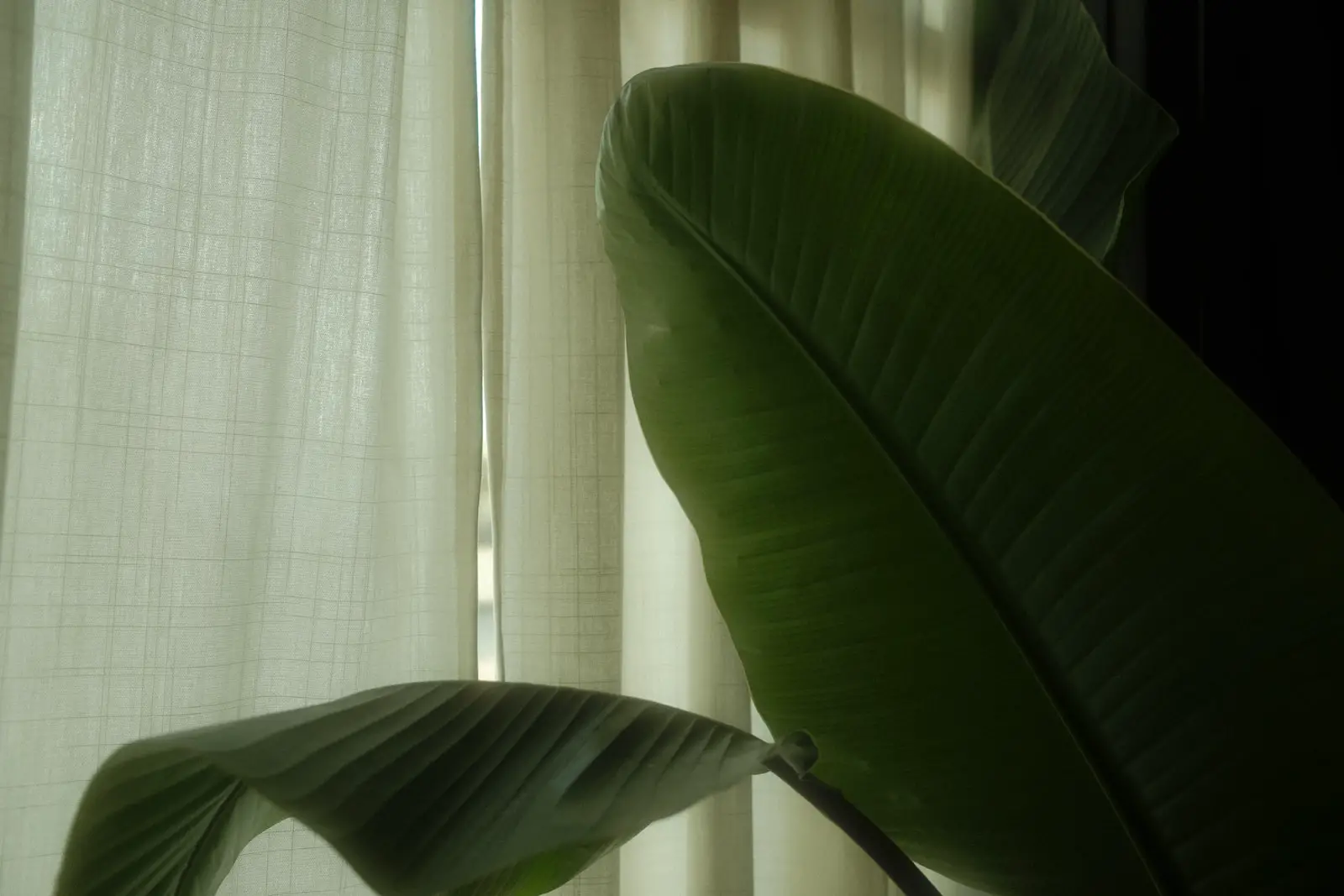The Bird of Paradise Plant, a true symbol of the tropics, is a glorious and unique flowering plant. Its large, crane-like flowers are bright and bold, resembling birds in flight, which explains its name. The scientific name Strelitzia reginae pays homage to Queen Charlotte, the wife of King George III of England, and the duchy of Mecklenburg-Strelitz, where she was born.
Native to South Africa, the Bird of Paradise has made its way into gardens and homes worldwide, adding an exotic touch wherever it grows. Its large, banana-like leaves and strikingly beautiful flowers have made it a favorite among gardeners and plant enthusiasts alike.
As stunning as it is, the Bird of Paradise is not particularly hard to care for. With the right conditions, it will thrive and produce its iconic blooms. Despite its tropical appearance, this plant is quite resilient and can adapt to various growing environments.
| Attribute | Details |
|---|---|
| Common Names | Bird of Paradise, Crane Flower |
| Botanical Name | Strelitzia reginae |
| Family | Strelitziaceae |
| Plant Type | Perennial |
| Mature Size | 4-6 feet tall and wide |
| Sun Exposure | Full sun to partial shade |
| Soil Type | Well-drained, fertile soil |
| Hardiness Zones | 9-11 |
| Native Area | South Africa |
Bird of Paradise Care
Caring for the Bird of Paradise is straightforward and rewarding. Although native to subtropical areas, it is adaptable and can grow well in different climates as long as it receives enough light, warmth, and moisture. The plant requires a good balance of these factors, without which it may not bloom.
Watering, feeding, and pruning are integral parts of caring for the Bird of Paradise. Providing the right nutrients and ensuring proper soil drainage can lead to a thriving and blooming plant. Its large, paddle-shaped leaves add beauty and exoticism even when the plant is not in flower.
Light Requirement for Bird of Paradise
The Bird of Paradise enjoys bright light. It can tolerate direct sunlight but thrives in a place with bright, indirect light. Too little light may hinder its growth and ability to bloom.
Soil Requirements for Bird of Paradise
A well-draining soil that retains some moisture is ideal for the Bird of Paradise. A mixture of sandy soil with some organic matter can provide the right environment for growth. It is sensitive to waterlogging, so proper drainage is essential.
Water Requirements for Bird of Paradise
Regular watering during the growing season is crucial. The soil should be kept moist but not soggy. In winter, the watering can be reduced. Overwatering may lead to root rot, while underwatering can cause the leaves to dry out.
Temperature and Humidity
Bird of Paradise prefers temperatures between 65-80°F (18-27°C) and humidity levels of around 60%. It can tolerate lower humidity but may thrive better with regular misting or a humidity tray.
Fertilizer
A balanced, slow-release fertilizer applied in the growing season can support the Bird of Paradise’s growth. Feeding it every two weeks with a diluted liquid fertilizer is often recommended.
Pruning Bird of Paradise
Pruning dead or damaged leaves and flowers encourages growth and a neat appearance. Pruning is usually done in the spring or early summer.
Propagating Bird of Paradise
Propagation is typically done through division. Separating the plant into sections with roots and replanting them can lead to new plants.
How To Grow Bird of Paradise From Seed
Growing from seed is possible but can be a slow and challenging process. Seeds need to be fresh and are usually soaked before planting in a well-draining soil mix. Germination can take up to 8 weeks.
Common Pests & Plant Diseases
Aphids
Aphids can be controlled by regular inspection and spraying with insecticidal soap.
Root Rot
Caused by overwatering, root rot can be avoided by ensuring proper drainage.
Common Problems With Bird of Paradise
Lack of Blooms
Lack of sunlight or proper nutrients can lead to a lack of blooms. Adjusting care routines can remedy this problem.
Brown Leaf Tips
Low humidity or over-fertilizing can cause brown leaf tips. Adjusting humidity and fertilizer levels can resolve the issue.
Pro Tips
- Repotting every couple of years can provide fresh soil and room for growth.
- Use a pot with drainage holes to prevent waterlogging.
- Position the plant in a place with bright, filtered light for optimal growth.
- Be patient, as the Bird of Paradise may take a few years to bloom, especially if grown from seed.
- Regularly clean the leaves to remove dust and support photosynthesis.




